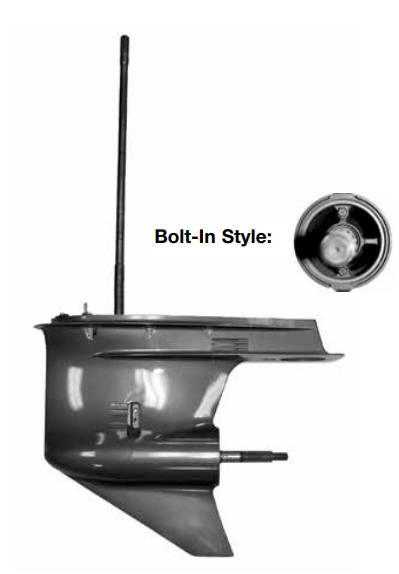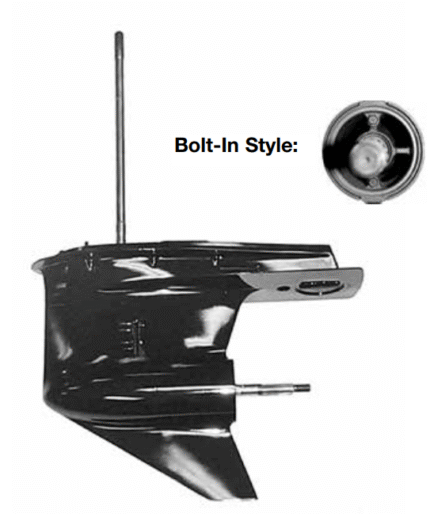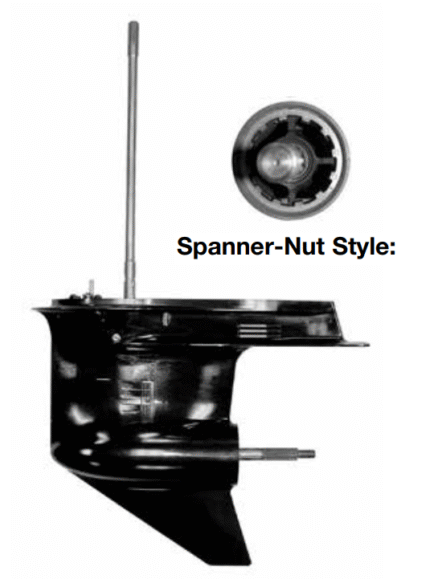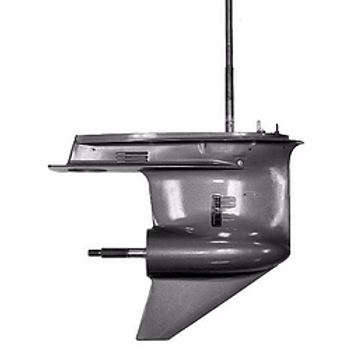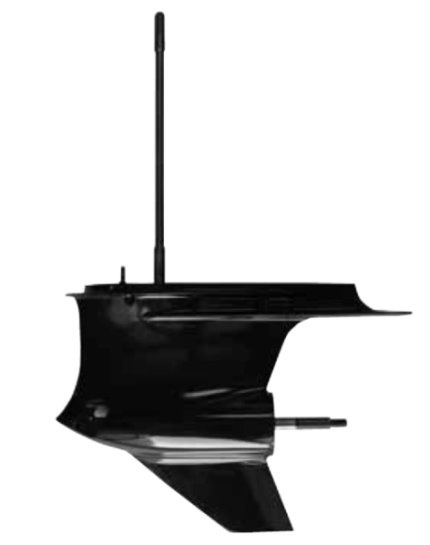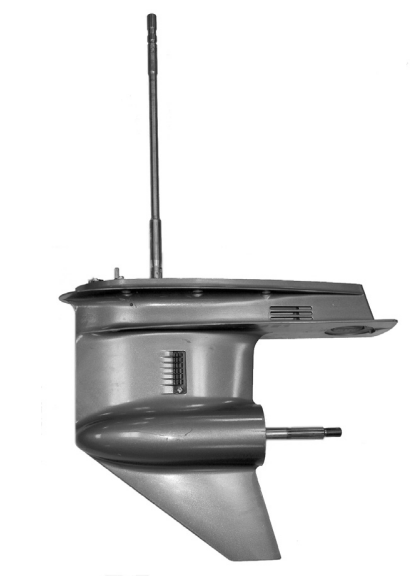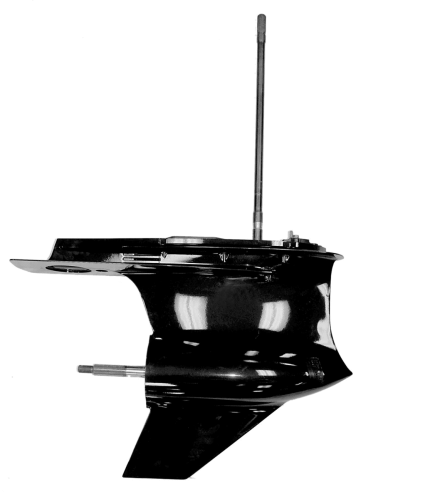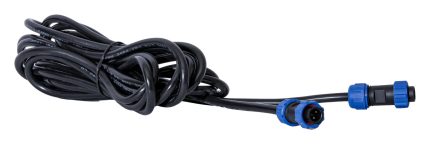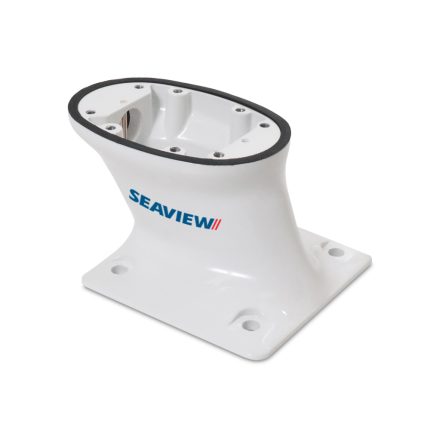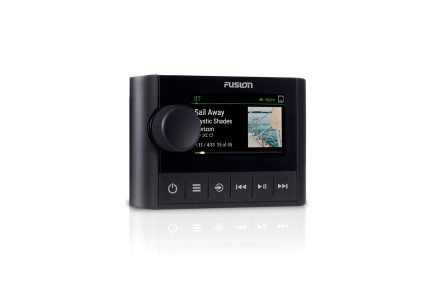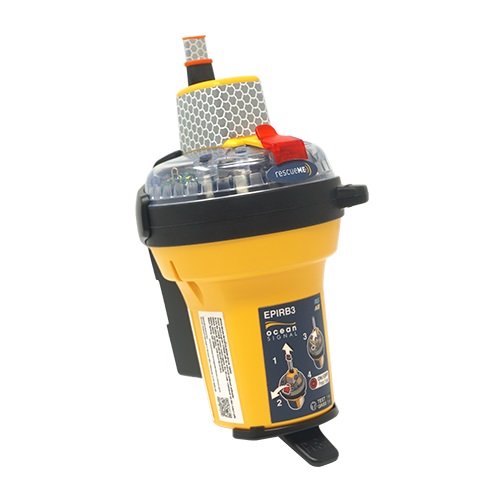
Ocean Signal rescueME EPIRB3 Cat 2 with AIS and RLS for Boats & Marine Engines
Introduction
The Ocean Signal rescueME EPIRB3 Cat 2 with AIS and RLS is one of the most advanced emergency beacons available for modern mariners. Designed to integrate cutting-edge AIS (Automatic Identification System) and RLS (Return Link Service), it ensures rapid detection and confirmation that your distress signal has been received. Whether you’re a recreational sailor or a commercial vessel operator, this EPIRB enhances your safety at sea with precision GPS and dual alert capabilities.
In this in-depth review, we’ll cover its features, installation process, maintenance tips, and why it’s a must-have for anyone venturing offshore. You’ll also find expert recommendations, detailed FAQs, and special purchase offers to help you choose wisely.
Overview / What Is Ocean Signal EPIRB3?
The Ocean Signal rescueME EPIRB3 Cat 2 with AIS and RLS is an emergency beacon that uses satellite and AIS networks to transmit distress signals to rescue authorities and nearby vessels. The AIS function broadcasts your location directly to ships in range, while the RLS technology confirms your distress signal has been acknowledged, reducing anxiety during critical situations. Its CAT 2 classification means manual release, making it suitable for mounting in accessible locations.
This EPIRB is compact, lightweight, and built to endure extreme marine environments. Its advanced features and compliance with global standards make it an essential safety device for both commercial and recreational boating.
How Ocean Signal EPIRB3 Enhances Maritime Safety
The integration of AIS allows nearby vessels to immediately detect your distress signal, enabling faster local responses. Additionally, RLS provides confirmation that your emergency alert has been received by satellites, giving you confidence that rescue teams are on their way. Together, these technologies significantly reduce rescue time and enhance survival chances.
Furthermore, this EPIRB is equipped with high-precision GPS, ensuring accurate positioning. The inclusion of an ultra-bright strobe light improves visibility during night rescues, while its long battery life ensures it remains operational when needed the most.
Key Features of Ocean Signal EPIRB3 with AIS and RLS
- Dual alert system with AIS and satellite distress transmission.
- Return Link Service (RLS) confirms distress acknowledgment.
- High-accuracy GPS positioning for quick rescue.
- Manual release (CAT 2) with simple activation process.
- Ultra-bright LED strobe for night-time visibility.
- Compact, rugged design built for harsh conditions.
- Long-lasting battery with 10-year shelf life.
Installation and How to Use Ocean Signal EPIRB3
Installing the Ocean Signal rescueME EPIRB3 Cat 2 is straightforward. Mount it in an accessible area of your vessel using the provided bracket. Make sure all crew members know where it’s located and how to operate it.
- Secure the bracket with corrosion-resistant screws.
- Place the EPIRB into the bracket and lock it in place.
- During an emergency, remove it, extend the antenna, and activate it manually.
Once activated, it will transmit distress signals via satellite and AIS, while the RLS feature confirms signal reception. For maximum safety, pair it with other communication systems like VHF radios and AIS receivers. You may also integrate it with devices from brands like Yamaha Outboards for enhanced navigation and safety solutions.
Maintenance Tips
Maintaining your Ocean Signal EPIRB3 Cat 2 with AIS and RLS ensures it will function when needed. Here are expert recommendations:
- Inspect the device monthly for physical damage or corrosion.
- Check the battery expiration date regularly.
- Use the built-in self-test function to verify operational status without transmitting a distress signal.
- Rinse with fresh water after exposure to seawater to prevent salt buildup.
- Store it in a cool, dry place when not in use to prolong battery life.
Following these maintenance tips ensures reliability and extends the life of your EPIRB.
Why Choose Ocean Signal EPIRB3 Over Other EPIRBs?
The Ocean Signal rescueME EPIRB3 stands out for its dual AIS and satellite alert capabilities, combined with RLS confirmation. Unlike older EPIRBs, it not only signals for help but also provides assurance that the signal was received. This feature can be lifesaving during high-stress situations.
Additionally, its compact size, durable construction, and ease of use make it suitable for a wide range of vessels. The cost is competitive, especially considering the advanced technology and long-term reliability it offers.
Expert Advice and Pro Recommendations
Experts recommend carrying the Ocean Signal EPIRB3 Cat 2 with AIS and RLS on any vessel operating offshore. It provides the most comprehensive emergency coverage, leveraging both AIS for nearby ships and satellites for global rescue coordination. The addition of RLS ensures peace of mind during emergencies.
Buy now and secure your safety: Ocean Signal rescueME EPIRB3 Cat 2 with AIS and RLS and use code WELCOME5 for 5% off.
Cost and Durability of Ocean Signal EPIRB3
This EPIRB is built to last, with a rugged exterior resistant to extreme weather conditions. The 10-year battery life reduces maintenance costs, while the durable design minimizes the risk of malfunction during emergencies. Considering its advanced features, it offers excellent value for money compared to other models.
When factoring in its dual communication system, compliance with safety regulations, and long-term reliability, the Ocean Signal EPIRB3 is a cost-effective investment in safety.
Detailed FAQ Section
1. How does AIS improve the effectiveness of Ocean Signal EPIRB3?
The AIS function in the Ocean Signal EPIRB3 broadcasts your distress signal directly to vessels in the vicinity equipped with AIS receivers. This enables nearby ships to quickly detect your position and assist, often before satellite-coordinated rescue teams arrive. The ability to alert both local and global responders enhances rescue efficiency. With AIS, even fishing boats or yachts nearby can locate you within minutes, dramatically reducing wait times during emergencies.
2. How does the Return Link Service (RLS) provide reassurance during emergencies?
RLS is a feature that sends an acknowledgment back to your EPIRB once your distress signal has been successfully received by satellites and rescue coordination centers. This feedback is shown through an indicator on the device, reassuring you that help is on the way. It reduces the uncertainty that comes with traditional EPIRBs, where users had to hope their signal was received. Knowing that authorities have acknowledged your distress can be a psychological lifesaver during crises.
3. How should I maintain and test the Ocean Signal EPIRB3?
Testing and maintenance are crucial to ensure your EPIRB works when needed. Use the built-in self-test function monthly to confirm it’s operational without sending a real alert. Inspect the device for cracks, corrosion, or water damage. Replace the battery before its expiration date, and always have the device serviced by an authorized technician. Keeping the EPIRB clean and stored in a safe environment will ensure long-term reliability and functionality.
4. What makes Ocean Signal EPIRB3 better than older EPIRB models?
Older EPIRBs lack AIS and RLS technology. The Ocean Signal EPIRB3 bridges this gap by offering dual alert systems (AIS + satellite) and real-time confirmation that your signal was received. These innovations mean faster local rescues and reduced anxiety during emergencies. Furthermore, its compact design, enhanced GPS accuracy, and bright strobe light improve usability and visibility, setting it apart from traditional beacons.
5. Is Ocean Signal EPIRB3 worth the investment for small boat owners?
Absolutely. Safety should never be compromised, regardless of vessel size. For small boat owners, the Ocean Signal EPIRB3 Cat 2 with AIS and RLS offers a crucial safety net. The device’s affordability, combined with its advanced rescue technology, makes it an invaluable addition to your safety equipment. Whether you’re cruising along the coast or venturing offshore, this EPIRB ensures you have a direct line to rescue services, giving you confidence on every trip.
Conclusion
The Ocean Signal rescueME EPIRB3 Cat 2 with AIS and RLS is a top-tier safety device, blending cutting-edge technology with user-friendly design. Its dual alert capabilities, confirmation feedback, and rugged construction make it indispensable for mariners. Whether you operate a small boat or a commercial vessel, this EPIRB offers unmatched peace of mind on the water.
Special Offer
WELCOME5 – Get 5% off storewide at allboatsupplies.com
🚀 Instant Assistance: Need help selecting the right product? Drop your contact in the chatbox at the bottom right corner, and our expert team will reply within 30 minutes with the best product suggestion for your boat — including a ready-to-use checkout link. We’re fast, knowledgeable, and always here for your boating needs!
No more guesswork — just message us and get a personalized checkout link fast!
Let us handle the hassle — expert support, quick replies, and smooth checkout. Your boat deserves the best.
🔥 Up to 5% OFF – Limited Time!
Use code WELCOME5 on Ocean Signal rescueME EPIRB3 Cat 2 with AIS and RLS
🚀 Buy Now – Ocean Signal rescueME EPIRB3 Cat 2 with AIS and RLS
Read More
For more helpful marine maintenance guides, check out our article on Blue Sea 100A MiniBus – Reliable or Risky for Marine Use?.

